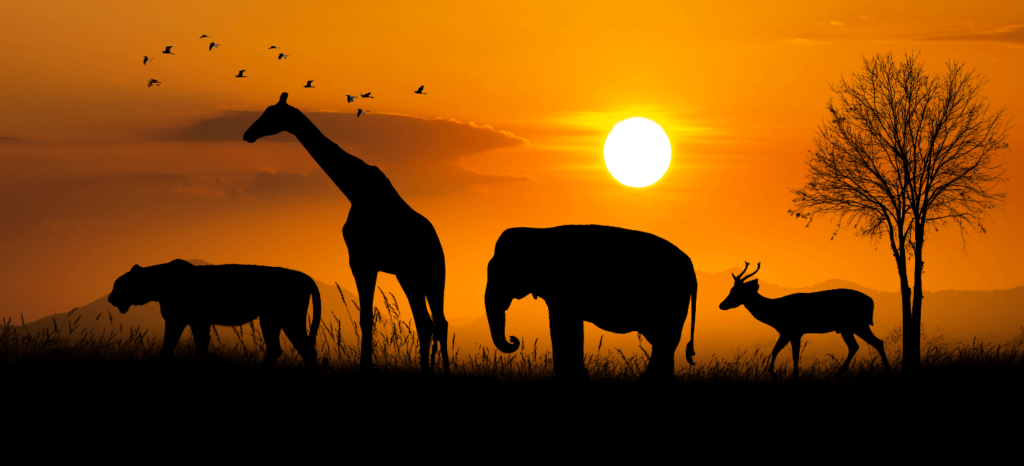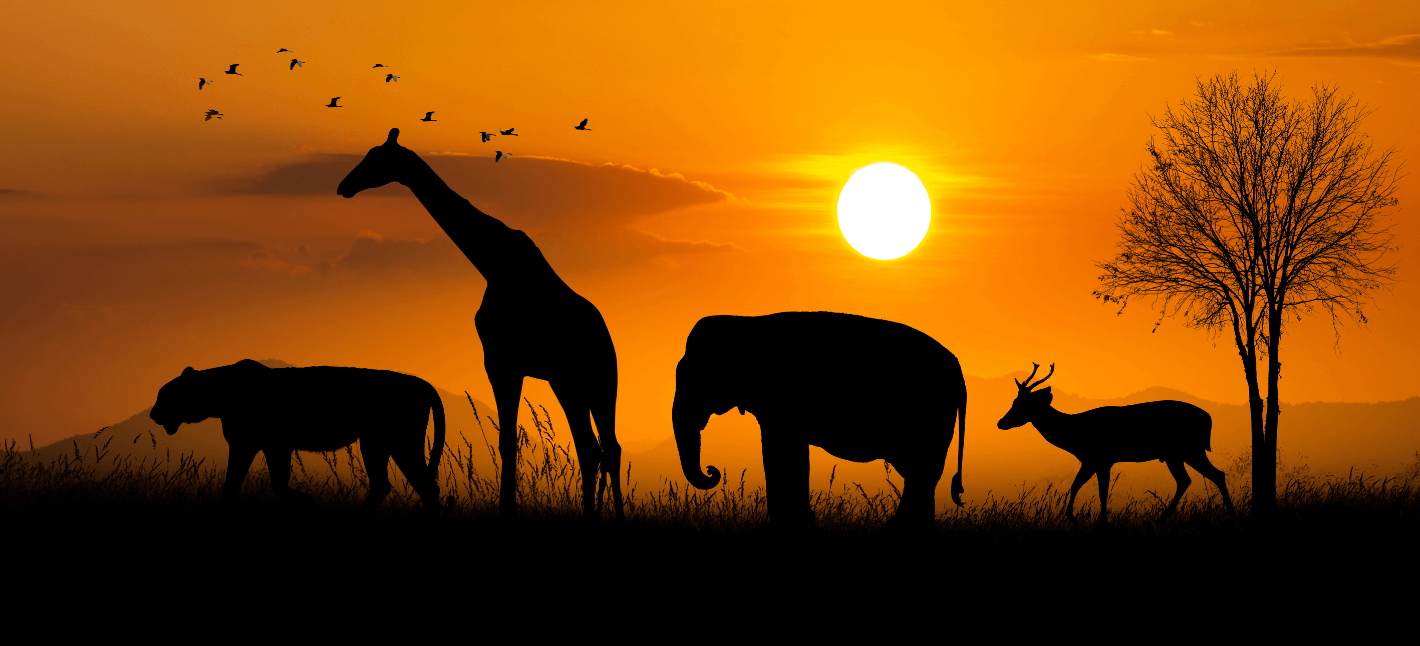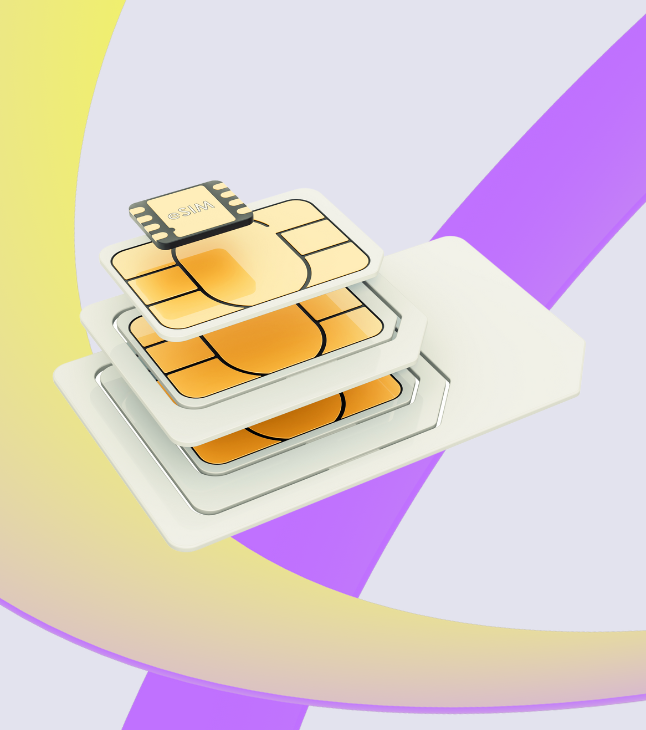Wildlife conservation and preservation are growing threats that have recently surfaced quite prominently. Every hour three species go extinct, and yearly almost 30,000 species face extinction. Although various root causes like habitat loss, pollution, and climate change contribute to the problem, technology, particularly IoT in wildlife conservation, offers a promising solution to combat biodiversity loss and protect our ecosystems.
Importance of IoT in wildlife conservation
Wildlife conservation is a critical challenge we must address with practical solutions and actions. IoT has a proven set of solutions and applications for tracking and monitoring. These capabilities also play a crucial role in addressing wildlife conservation needs. With the possibility of long-range networks like 5G, IoT can finally be implemented to help preserve wildlife.
IoT offers a comprehensive solution for wildlife protection, from tracking animals and monitoring their natural habitats to identifying potential threats. Moreover, it can effectively mitigate human-induced risks like poaching through surveillance and security measures. Additionally, IoT proves invaluable in detecting unconventional or natural threats to wildlife, such as storms, earthquakes, tsunamis, and more.
How is IoT technology used in wildlife conservation?
Here are several ways in which IoT technologies play an important role in wildlife conservation:
- Animal monitoring: watching the movements and GPS location of endangered species
- Monitoring the health/vitals of animals to ensure their well-being and caretaking
- Detecting poaching and leveraging law enforcement to protect wildlife
- Observing wild animals’ habitats to identify any alerting changes such as temperature, water quality, air quality, toxins, etc
- Identifying patterns of diseases to detect any outbursts and minimize their effect on wildlife
Examples of IoT-powered wildlife conservation projects
IoT communication technologies can be implemented in many macro and micro-scale projects to preserve wildlife and promote biodiversity. There are tailored approaches to protect wildlife against different challenges.

Here are some examples of IoT applications that can be implemented for wildlife conservation:
Real-time monitoring and tracking of endangered species:
The combination of GPS and IoT networks can facilitate animal tracking across various habitats, enabling you to comprehend their migration patterns and habitat requirements. This tracking capability also aids in identifying potential threats to wildlife.
Poaching detection and prevention systems:
Poaching remains a significant driver of wildlife extinction in many regions worldwide. IoT technologies play an important role in deploying anti-poaching solutions capable of detecting suspicious movements, incidents, and sounds, thereby enabling law enforcement to take prompt and decisive actions against such illegal activities.
Early detection and response to threats:
Numerous diseases pose a threat to wildlife species, with some remaining relatively unknown, potentially causing harm to biodiversity before we can fully grasp their impact. IoT-enabled sensor networks can assist in monitoring these diseases, tracking their spread, and assessing their effects through regular health checkups of wildlife.
Wearable devices for wildlife healthcare:
Similar to how wearable healthcare devices monitor vital parameters in humans, these devices can also oversee the well-being of individual animals, contributing to the prevention of species extinction. Additionally, they offer valuable insights into how various environmental factors impact wildlife through real-time data collection and analysis.
Ecosystem monitoring through ambient sensors:
Monitoring wildlife ecosystems is one of the most popular use cases of IoT. Along with environmental preservation, such solutions also ensure that wildlife habitats are safe for birds and animals to survive.
While these are individual IoT applications, together with Artificial Intelligence, they can present a complete outlook on wildlife conservation.
Impact on conservation efforts and the environment
IoT does not only amplify and expedite conservation efforts but ensures that those efforts are fruitful. Data collected and analyzed from IoT devices can validate the outcomes of wildlife conservation efforts, facilitating the planning of future actions and increasing the likelihood of achieving the desired results.
Your form entry has been saved and a unique link has been created which you can access to resume this form.
Enter your email address to receive the link via email. Alternatively, you can copy and save the link below.
Please note, this link should not be shared and will expire in 30 days, afterwards your form entry will be deleted.




